The best video games of April 2023
via Mint VR
Hubris, Cyborn's visually stunning PC VR action-adventure, releases on PSVR 2 next month.
Developed by Cyborn, Hubris is an original sci-fi adventure that first appeared on PC VR in December. You play as a space marine, traversing this alien world to find a missing member of the OOO (Order of Objectivity) while taking down enemies. Cyborn revealed more about the PSVR 2 port alongside the release window, discussing haptic feedback, adaptive triggers, 3D audio and foveated rendering.
Dive into Hubris, a sci-fi adventure coming to #PSVR2 next month.
— PlayStation (@PlayStation) April 28, 2023
Visit PS Blog for details on immersive haptics, adaptive triggers, foveated rendering, and more: https://t.co/KvKdniaA62 pic.twitter.com/R1gyjztiuf
Speaking on PlayStation Blog, the team claims they've adjusted the weight of your guns, letting them simulate "an impactful feel" that complements the adaptive triggers. Gun reloading and aiming are also revamped, new enemy variations have been introduced, while balancing has also been refined between difficulty settings.
We enjoyed Hubris in our PC VR review last year. Though we enjoyed this action-adventure and highly praised its visuals, we criticized the enemy AI and lack of combat variety. Some of these issues were later addressed in Update 1.2.
The game shines in some areas, such the visuals and well thought out mechanics, but is average in others, like the combat and storyline. Beyond the eye candy, Hubris probably won’t leave a huge lasting impression, but it’s still a standard action-adventure shooter that’s enjoyable enough to keep you playing through to the end.
Hubris arrives this May for PSVR 2, though a specific release date remains unconfirmed. It's available now on PC VR platforms, including Steam, while Cyborn previously confirmed release plans for Vive XR Elite and Quest 2.
 UploadVRTony Mowbray
UploadVRTony Mowbray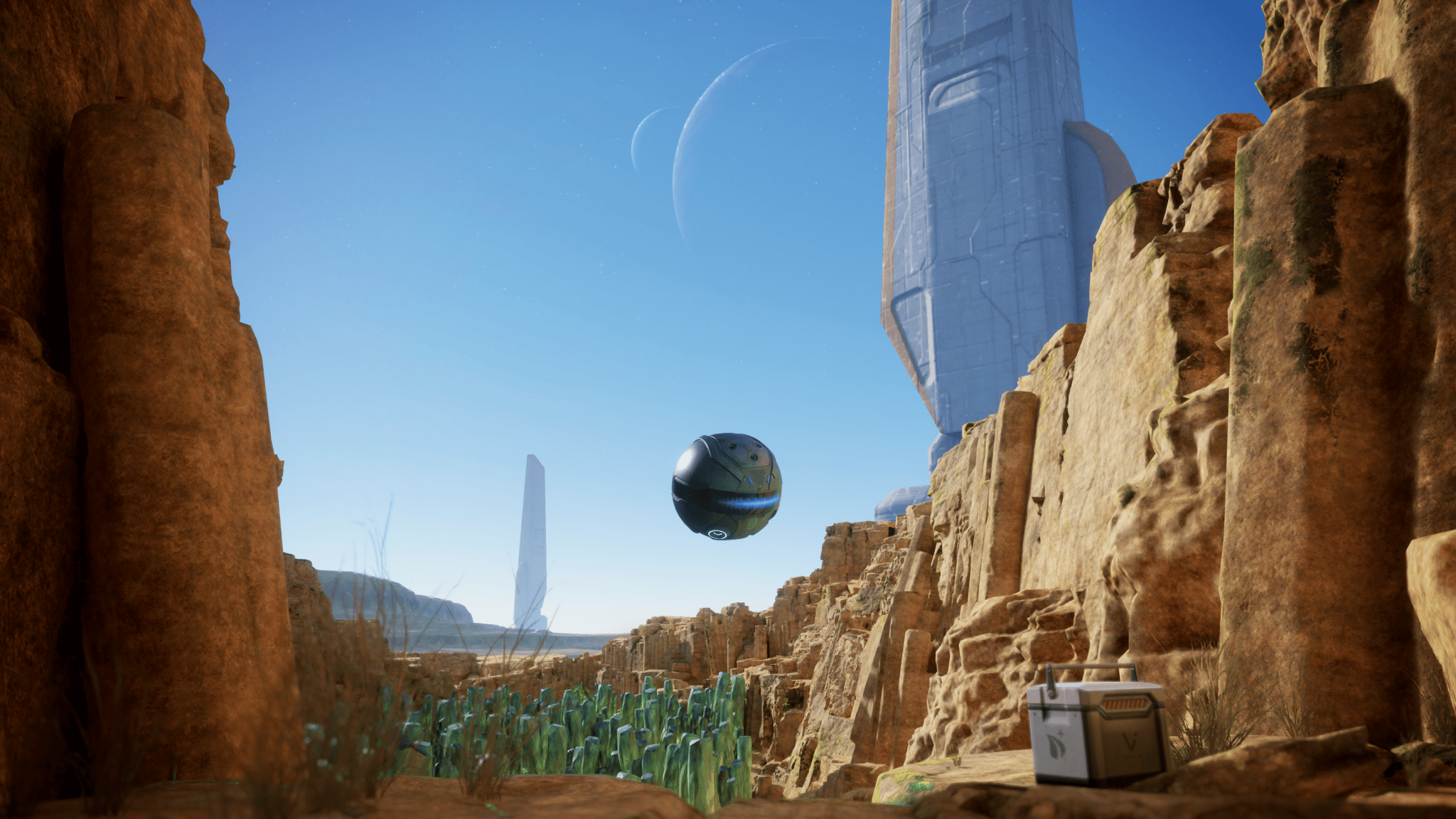
Reading the credits of Vertigo 2, it’s hard to comprehend just how much of it came from one person – 22-year old Zach Tsiakalis-Brown, creator and sole developer of Zulubo Productions.
It's almost everything – visuals, coding, writing, music, game design, you name it. So when sitting down to chat about Vertigo 2’s development with Zach, the first thing I want to clarify is exactly what parts of the game he's responsible for, in his own words.
His answer is telling. “What’s easier is going over what I’m not responsible for.”
Vertigo 2 released last month. We called it one of the best PC VR releases in years and gave it a spot in out list of the best VR games across all platforms. Without any knowledge of the development process, any VR enthusiast would likely enjoy Vertigo 2. It’s a polished, funny and memorable experience with a sprawling Valve-like single player campaign.
However, once you realize that Zach is almost solely responsible for bringing this game to life, you start to appreciate it on a whole new level. It shows a level of proficiency across multiple facets of different media types – graphic design, music production, script writing, narrative structure, dialogue, comedy, directing, production, computer programming and the medium of virtual reality itself. In creating Vertigo 2, Zach has dipped into each with a high degree of success, not just on a technical level but a creative one too. The end product is a great game, but also a stunning achievement for a 22-year old working by himself.
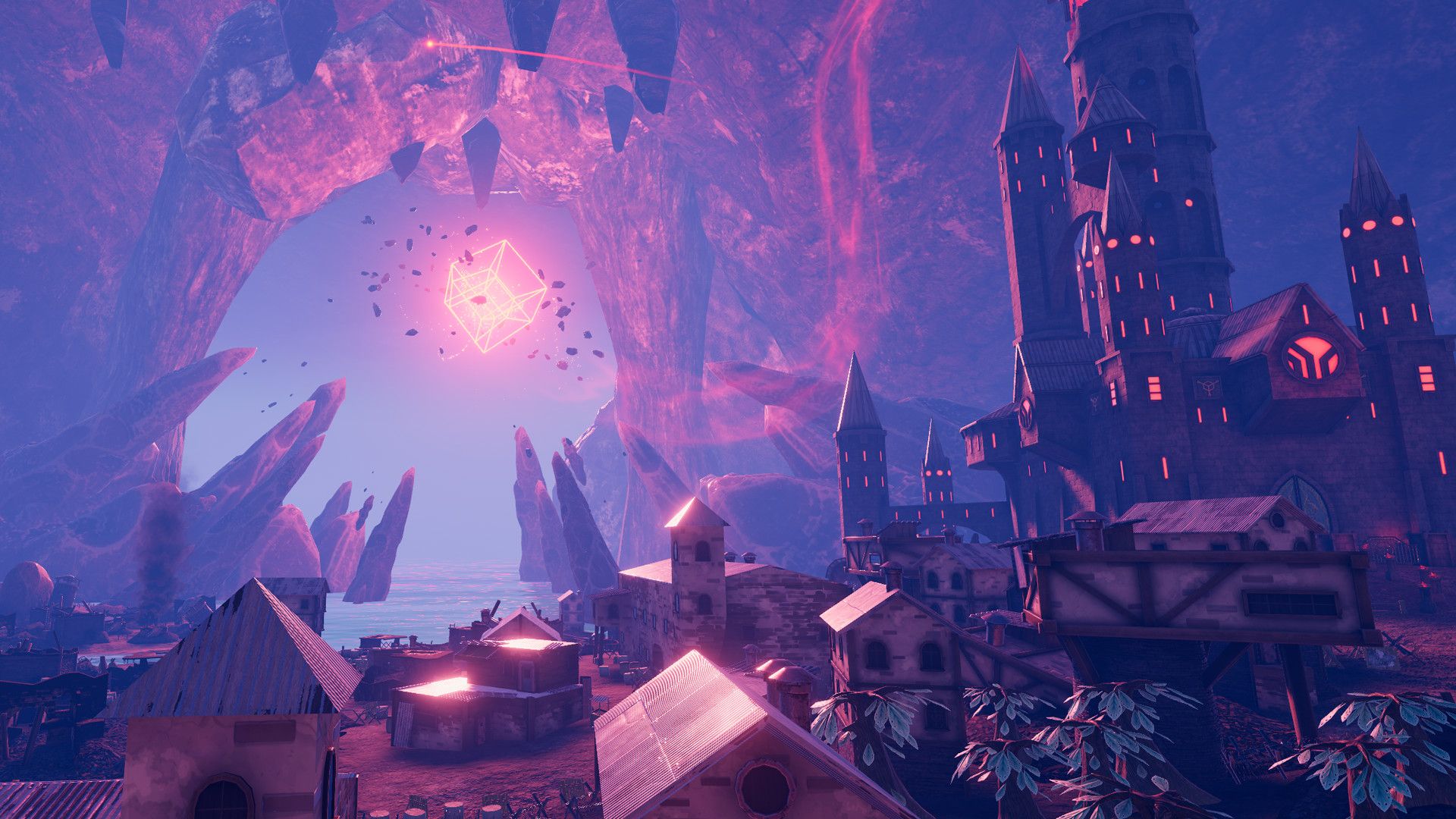
So what parts of the game was Zach not responsible for then? “Me and a couple friends came up with the story and the concept of the world back when we were in high school,” he explains. “And we did a lot of drawing, concept art writing the outline of the story. And then after I left high school, they went their separate ways, so I just took it from there.”
Those friends are credited for their contribution to Vertigo 2’s world, but almost every other aspect of the game and its development was handled by Zach. There are only a few exceptions, such as the voice actors he contracted performances from, the community playtesters who provided early feedback and some stock animations that Zach used. Over roughly six years of on-and-off development, Zach brought this game to life. “It's definitely been a lot of work.”
Zach has been working in VR since 2013, at which point he was just twelve years old. Since then, he’s released the original Vertigo, Vertigo Remastered, worked with Valve on The Lab Hands-On, and has now released Vertigo 2.
It’s his biggest project yet and operates on a scale much larger than the original. “The response was way more positive than I could have ever expected. I guess I expected something closer to Vertigo Remastered … but the bigger scope, the more ambitious nature of Vertigo 2 definitely made it more of a hit than Vertigo 1.”
When I asked why he thinks he’s been able to competently cover so many bases, he credits getting started in VR development at in middle school. “That was like my hobby and that was what I spent all my free time on. Sometimes I'd get up at six o'clock in the morning so I could do some coding or 3D art before school … I don’t know if I wanted to be a game development at that point, but I definitely knew I loved computers.”
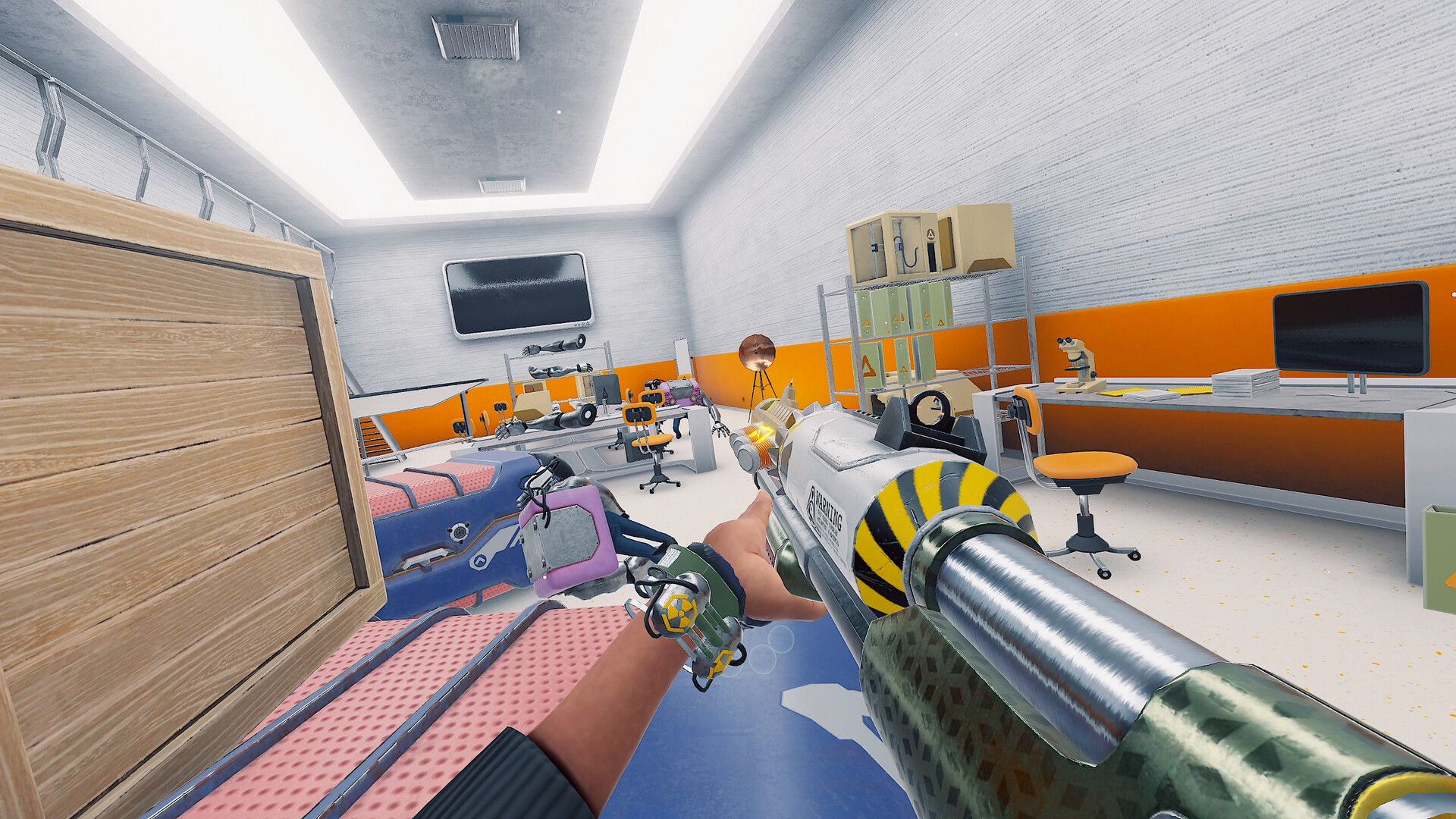
It's not just coding and game development that Zach has experience in though – I asked about the game’s soundtrack, which he wrote and produced himself. Coding a game is one thing, but creating a soundtrack that's as professional as the one in Vertigo 2 is a whole different skillset. “Yeah, I’ve been really into producing music since I was even younger, playing around with GarageBand on my parent’s computer at like eight or nine years old. That has been a hobby of mine on the side for a long time. I’ve been able to really explore it more through games, which is what I love so much about games. I get to dip my toes into so many different art forms.”
Breaking down the development timeline for Vertigo 2, Zach spent 2017 to 2019 working on a vertical slice, but otherwise hadn't made much of the game at all. In 2020, he reached a turning point. Not only did he release Vertigo Remastered that year, but he also dropped out of college just as the COVID-19 pandemic was starting to ramp up. He partly didn’t want to switch to online classes, but also just wanted to “get Vertigo 2 done.”
Around the same period, two VR games released that gave him a bit of pause. “It was Half-Life: Alyx and Boneworks that were the two big moments for me.”
For Zach, both games presented interesting ideas about the possibilities of VR that he hadn’t considered before. “For Boneworks, it was physics. After I played Boneworks, I pretty much scrapped my whole interaction system and rewrote it to be more physics-oriented.”
“The big part about Half-Life: Alyx is that big budget level of polish and rich detail everywhere.” While that level of detail isn’t something Zach could achieve as a one-man team, he nonetheless found it inspiring to see Valve’s approach to various elements in its first large-scale flagship VR release. “It was very useful to see how the world reacted to Half-Life: Alyx – what they liked, what they didn't like and how I could push things further.”
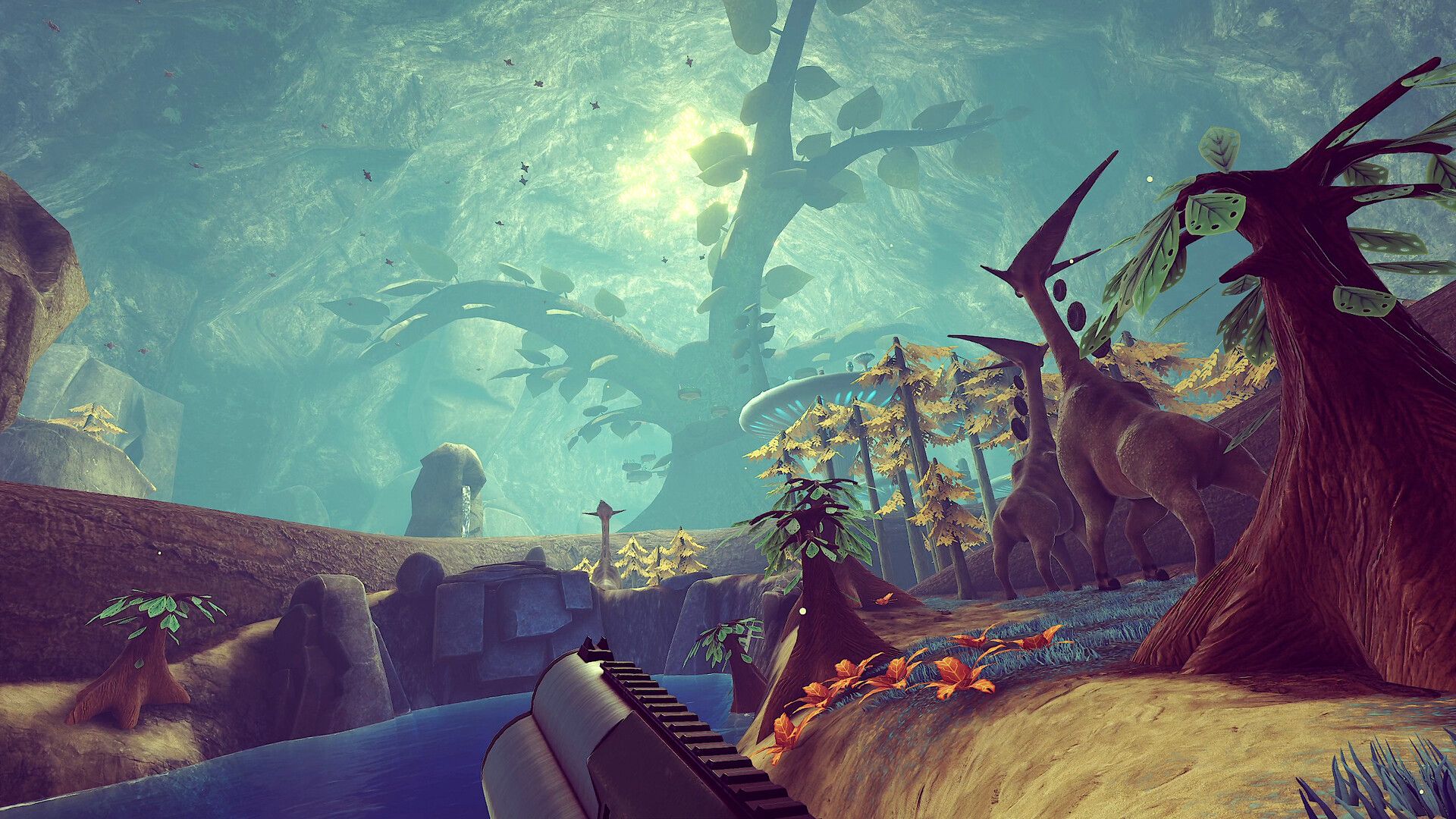
From 2020 onward, Zach went on to develop the game's levels largely in sequential order – “not the best way to make a game,” he reflects, in hindsight. He continued until he finished the game's final level last fall.
One of the highlights of the final game is its fantastic arsenal of weapons, each of which is a delight to use and offers creative reinventions of traditional gun archetypes. “[The guns] received a huge amount of attention during development,” he says. “Lots of them were completely scrapped and reinvented multiple times.” The shotgun is one such example, which Zach scrapped twice. The one in the final release is the third iteration of the weapon, and the original iteration is hidden in the game as a secret weapon.
The guns were continuously improved and amended. Originally, they didn't have any physics applied to them, which changed as Zach improved his physics interaction system. At the end of the day, it was making the weapons fun to use that drove every decision. “They’re toys. They’re interactive toys with buttons you can press and tricks you can figure out and upgrades that add more features and keep them feeling interesting throughout.”
What’s a good weapon without something interesting to shoot it at? Luckily, Vertigo 2 features an overwhelmingly large cast of varied alien enemies for you to deal with, each requiring different strategies or adaptation to new patterns. Zach and his friend Errol conceptualized a lot of these weird alien designs back in their high school days, some of which made it into Vertigo 2 (and some of which are still lying around unused, according to Zach).
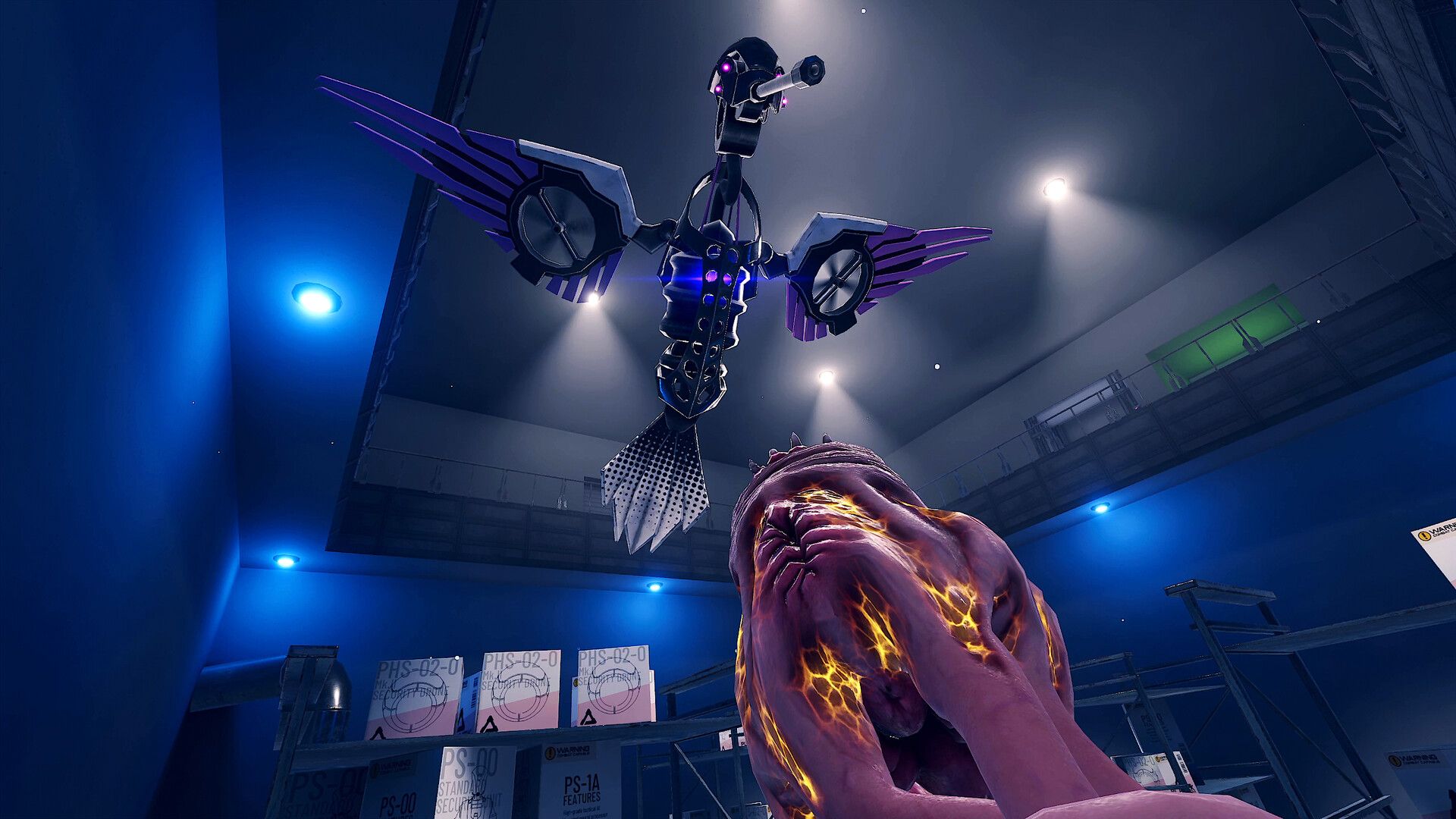
However, Zach also invented new enemy designs as needed, usually to fill a specific role. He uses the macrophage enemies in one of the game’s later sections as an example. “I needed a kind of difficult mid-to-late game enemy, so I made this explosive-launching creature.” That then also led to the development of a new weapon. “I was like, ‘Oh shit, I've been planning to add a grenade launcher, but I don't know what to do with it. But I've just created this enemy that shoots grenades. Why don't I just have you pick up one of these guys and have it be like the hivehand and that'll be the grenade launcher?’”
When linear development ended last fall, Zach began five or so months of play testing and polish before release. “It was a very thorough beta testing process.” Zach took formal applications to find a sizeable chunk of beta testers who could help him polish and refine the experience. “We did live play tests where I would just sit there watching them playing through the whole game. I had most of those people run through the entire game and then I got a fresh batch of people closer to release so I could get fresh eyes on the entire game. So yeah, many hours of playtesting.”
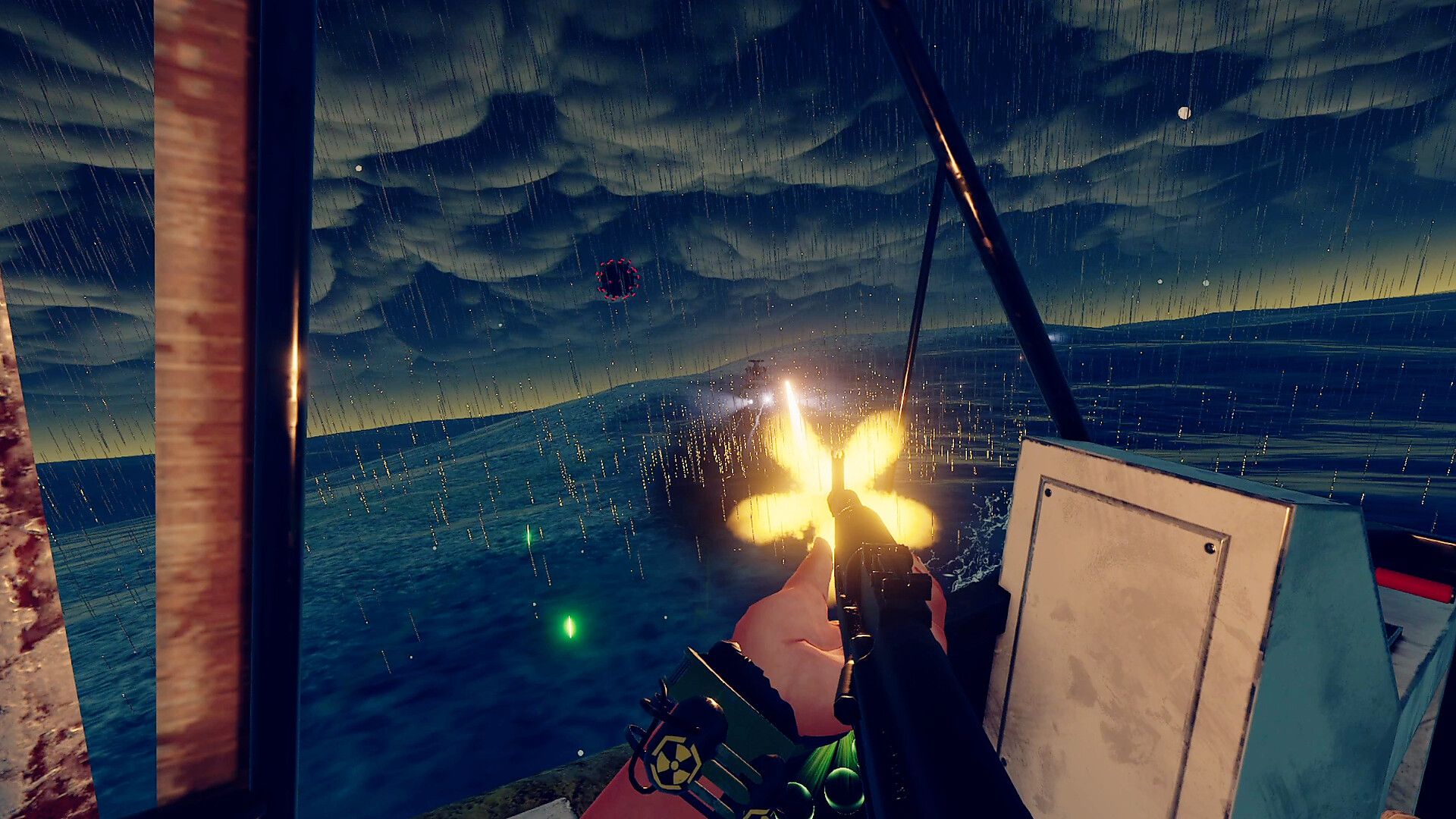
After six years of development, Zach released Vertigo 2 to the public in March 2023. In an age where standalone VR headsets like Quest 2 and Pico 4 dominate the market, Vertigo 2 stands its ground as a PC VR-focused released. “I like PC VR more. I don’t want to be scaling back my vision for mobile VR, and that’s part of why I decided to keep it PC only.”
Zach also says he’s “not a staunch mobile VR hater,” but would like the headsets to have more processing power before he considers jumping on board. “And it would also be nice if Meta was not the biggest player,” he adds.
As to whether Meta attempted to get Vertigo 2 on its Quest platform, Zach says the company never asked directly but he “gently turned [Meta] down” when representatives reached out to gauge interest in a conversation. “I’m pretty commitment to not working with Meta.”
Zach has different feelings when it comes to working with Sony. He’s already “talked with Sony a little bit about getting a partnership going” and although there’s no concrete plans, Zach says it’s “definitely possible” that Vertigo 2 will release on PSVR 2 in the future. “I would love for that to happen.”
Zach also still isn’t done with the PC VR release of Vertigo 2 – he’s currently working on a level editor with Steam Workshop support, which he thinks will be done in the next month or two. Beyond that though, it’s hard for him to see what’s next. “I’ve had my eyes on getting Vertigo 2 done for so long… I’ve barely had time to think about [it].”
He's also uncertain which VR platform he would focus on next, especially when I ask about his thoughts of the wider viability of large-scale PC VR projects like Vertigo 2. “I don’t know. I don’t think I’d start a six-year project [on PC VR] right now, just based on where it’s at. Although of course, in six years, that’s a long time away. It could very well balloon again by then, there’s no way to know.”
In broad terms though, Zach says he’s going to get some rest, go on a bit of holiday and reassess after that. “I would love to stay in VR,” he posits. “And I would love to stay independent, although I’m not totally opposed to joining a small team and doing something, because I do feel like it would be nice to get something interesting done in less than six years.”
He flashes me a smile. “And you can do that with more than one person.”
The Ruinsmagus remix update is now live, adding English voice acting and remixed dungeons on Quest 2 and PC VR.
Following on from December's ‘The Warrior and the Tailor’ DLC, developer CharacterBank's free 'Remix Update' for Ruinsmagus mainly focuses on improved support for Western players. Alongside an updated translation, that adds a free, optional English dub with AmaLee (Iris), Cristina Vee (Euridice and Reese Seption), Todd Haberkon (Mr. Shopkeeper), Roger Rose (Guild Master), and more. Late-game dungeons were also remixed "for a fresh gameplay experience."
"We are so proud to make RUINSMAGUS more accessible to players around the world," states Shuto Mikami, CharacterBank CEO in a prepared statement. "With the ‘Remix Update,’ we have been able to continue our support and improve the experience of RUINSMAGUS.”
Ruinsmagus' Remix Update is available now on Quest 2 and PC VR, though a release date for the Pico version remains unknown.
Gamedust confirms Yupitergrad 2: The Lost Station arrives this May, releasing first on Pico headsets.
Note: This article was updated with a new headline and lede on April 27, reflecting the revised release window announcement. The original piece with minor adjustments, published February 17, continues below.
The studio first announced the sequel to its 2021 swinging platformer almost a year ago, confirming a release on Quest 2 and PC VR platforms. This week, Gamedust revealed that the sequel will actually release first on Pico Neo 3 Link and Pico 4. The Quest 2 release will follow and then other platforms, including PC VR and HTC Vive XR Elite, will arrive after that.
The update on release platforms also came alongside a new trailer, embedded above. Gamedust also provided UploadVR with some extra details on development progress, stating that the game is “near completion.” The team is “in the middle of upgrading the experience,” which includes “polishing a shooting system, adding more puzzles, more passages, improving the operation of the map, and adding a few surprises that we want to keep for those who will pick up the game after the release.”
We enjoyed the original Yupitergrad in our review on release, stating that the mechanics offered a “clean and thrilling sensation” but the course could “frustrate as much as they entertain” at times.
Watch out for more news on Yupitergrad 2: The Lost Station next month, as Gamedust confirms an exact release date "will be revealed soon."
PlayStation VR2 will soon reach local retailers, ending PlayStation Direct sales exclusivity on May 12.
Since launching in February, PSVR 2 was only available through PlayStation Direct, excluding countries where Sony's not yet opened Direct, but that looks set to change. Spotted across two UK retailers, GAME is offering pre-registration to confirm your interest, while ShopTo provides a more general page highlighting hardware specs and available games. It's not appearing with online US retailers yet, but that could soon change.
PlayStation VR2 will soon be in stock at local retailers, in addition to https://t.co/y9oEB5aBse. Check your local retailer for availability.
— PlayStation (@PlayStation) April 27, 2023
More on PS VR2: https://t.co/TiSFxroszM pic.twitter.com/79g8PsDCye
Making VR headsets more widely available is always welcome news. However, this could be a response to Direct exclusivity criticism, which some believe hampered sales when there was already speculation about PSVR 2's success. Last October, Bloomberg claimed Sony was producing 2 million units for launch before reporting in January that sales projections were cut, citing internal disappointment with pre-orders. Sony stated, “we have not cut PlayStation VR2 production numbers”.
Come mid-March, Sony's chief financial officer Hiroki Totoki offered a more positive outlook. Stating "we are very happy to launch VR2 on PS5,” he said there’s a “good chance” PSVR 2 can outsell the original PSVR headset, which reached 5 million units before Sony stopped reporting PSVR sales figures in 2019. Two weeks later, analyst firm IDC (International Data Corporation) then told Bloomberg that Sony “likely” sold around 270,000 PSVR 2 units, leading to contested suggestions that it's selling poorly.
Without direct sales figures, it's hard to objectively judge how well PSVR 2 is doing. Sony's hosting its latest earnings call for FY2022 tomorrow at 3am ET, so could learn more about its current status.
 UploadVRHenry Stockdale
UploadVRHenry Stockdale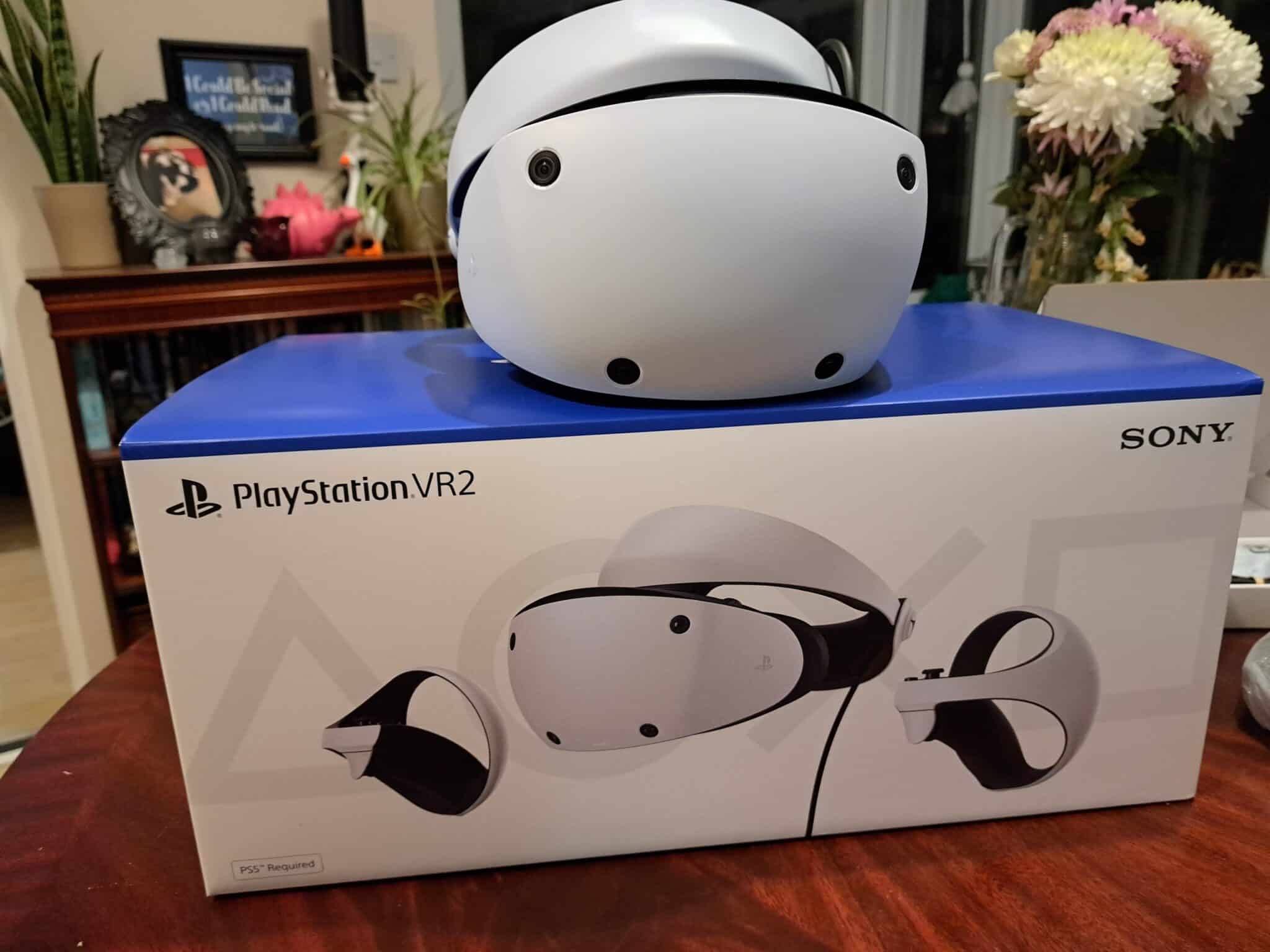
No More Rainbows promises a VR mix between Super Meat Boy & Super Mario Bros, and it's arriving "soon" on Quest 2.
Developed by Squido, No More Rainbows is an adventure platformer where you play as The Beast, who finds their moody homeworld turned into a blissful paradise. Using arm-based locomotion to run, jump, climb and claw other creatures, this campaign takes place across four different worlds, split between 28 levels "filled with mini-games." A 3v3 multiplayer mode, online leaderboards for speedrunning and cosmetic customization for The Beast are also confirmed.
“We’ve always chatted about how cool it would be to have a game like Super Meat Boy meets Super Mario Bros in VR," says Éric Laurent, Marketing and Community Manager at Squido in a prepared statement. "We looked around and saw nobody was making that kind of game, so we decided to do it."
There's no confirmed release window, but No More Rainbows is "coming soon" to Meta Quest 2. A demo is currently available on App Lab, though this will be removed on May 2, 2023. Squido confirms anyone who plays the App Lab demo before the full release will receive an exclusive free cosmetic.
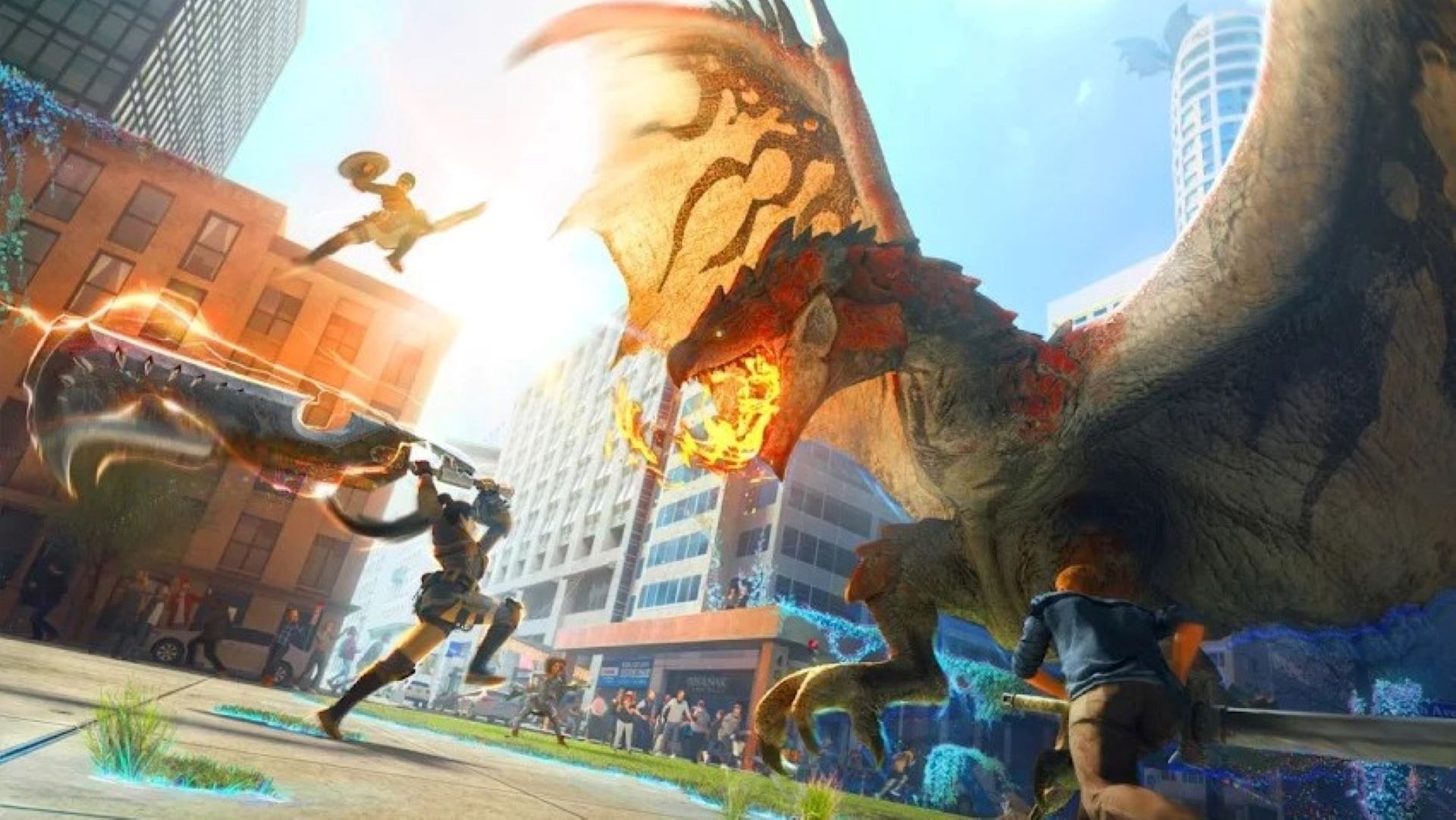
A closed beta starts soon for Niantic and Capcom's Monster Hunter Now, a new AR action-RPG releasing this September.
Announced through an official blog post, Monster Hunter Now is the first AR entry for Capcom's popular series. Developed on Niantic's Lightship platform, Monster Hunter Now unsurprisingly uses a similar premise to Pokémon Go, where you encounter Monster Hunter creatures, battle them with different weapons and obtain resources to improve your hunting gear. You can see this in action below:
“Monster Hunter Now is a new and unprecedented Monster Hunter game that entices players to go out with their Palico and encounter incredible monsters in the real world,” claims series producer Ryozo Tsujimoto. Speaking in a GamesIndustry.biz interview, Tsujimoto revealed development began in March 2019, stating: "I can still remember when Niantic told me about this project, I immediately said 'Let's do it' without giving it a second thought."
Niantic is keeping itself busy in recent months with new free-to-play releases. Alongside Pokémon Go, Pikmin Bloom and Ingress Prime, NBA All-World joined its increasing line-up back in January, marking the first official NBA AR game. It’s also developing Marvel World Of Heroes, which arrives later this year and recently went into open beta in New Zealand.
Monster Hunter Now arrives in September 2023 for Android and iOS devices, available through the App Store and Google Play. While there's no guarantee you will receive access, registration for the closed beta test is now open on the official website, which begins on April 25.
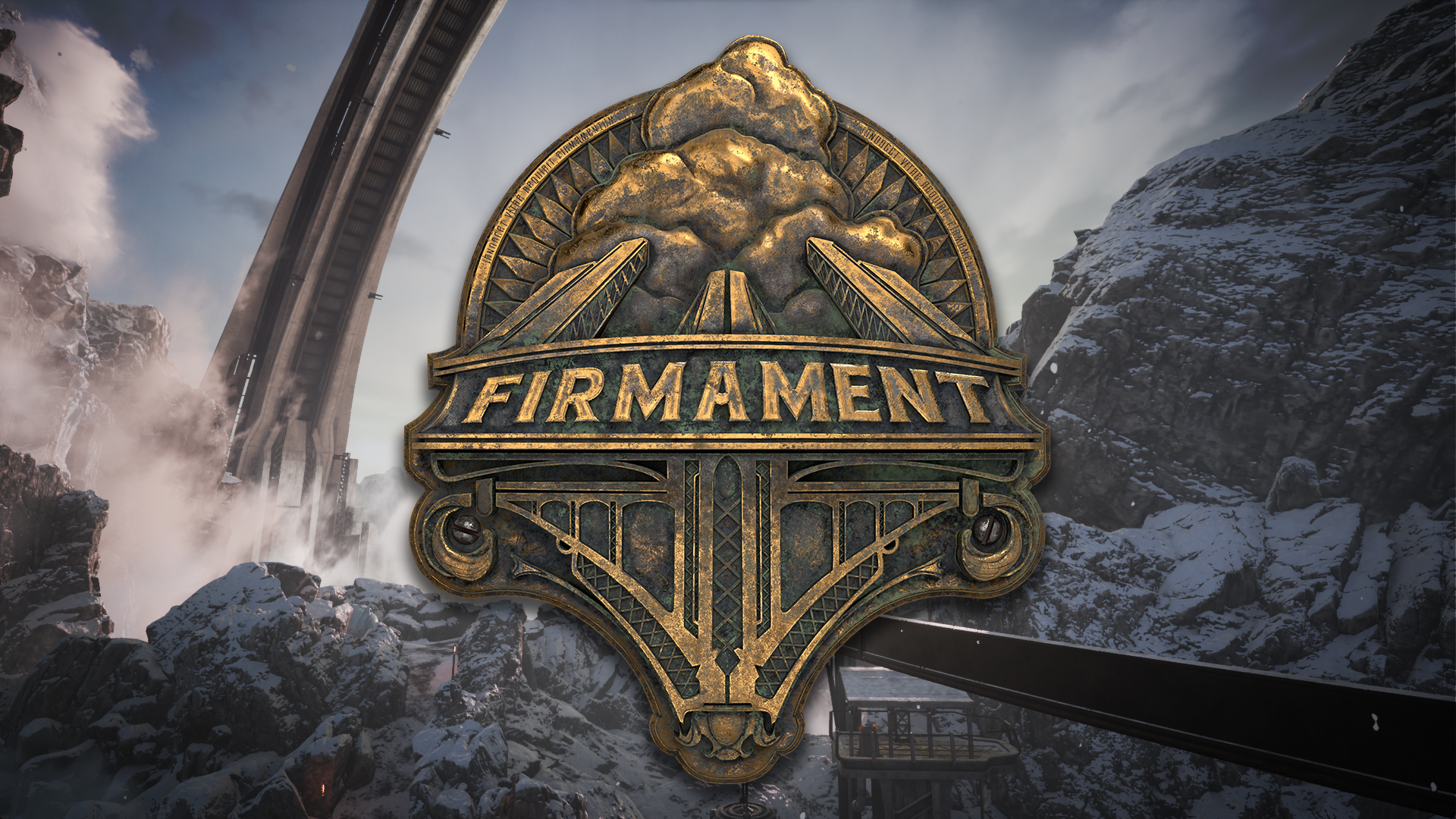
Five years after its original announcement, Myst developers Cyan Worlds announced that Firmament will reach PC VR on May 18.
Revealed back in 2018 with a Kickstarter campaign arriving soon after, Firmament is the latest adventure game from Cyan, whose previous efforts include 2020's Myst VR remake and Obduction. Set in an abandoned steampunk world, Firmament is a new puzzle adventure that sees you exploring three realms, joined by a clockwork companion and mysterious apparition. Originally targeting a July 2020 release, Cyan eventually delayed this VR-compatible adventure to expand its scope. You can watch the new announcement trailer below:
Releasing for both flatscreen PC and PC VR, Cyan confirms the VR experience includes "Free Roam and Teleport modes." Additional comfort options like smooth or snap turning are also promised, alongside quick travel up stairs & ladders. You can read the story description below:
"You wake in a glacial cavern crowded with metal pipes and adorned with curious clockwork gears. In the middle of a dark chamber you discover is an ancient table – a tea cup on one end and a frozen body slumped over the other. The corpse’s hands hold an exquisite clockwork device, held out like an offering. You reach for it and it comes to life; it hovers above you, watching, before a mysterious apparition appears with a message. You find yourself with an immense and unexpected adventure lying ahead..."
Firmament releases on May 18, 2023 for PC VR, with a PSVR 2 version following at an unknown date. While a PSVR port was canceled last year, flatscreen versions remain planned for PS4 and PS5.
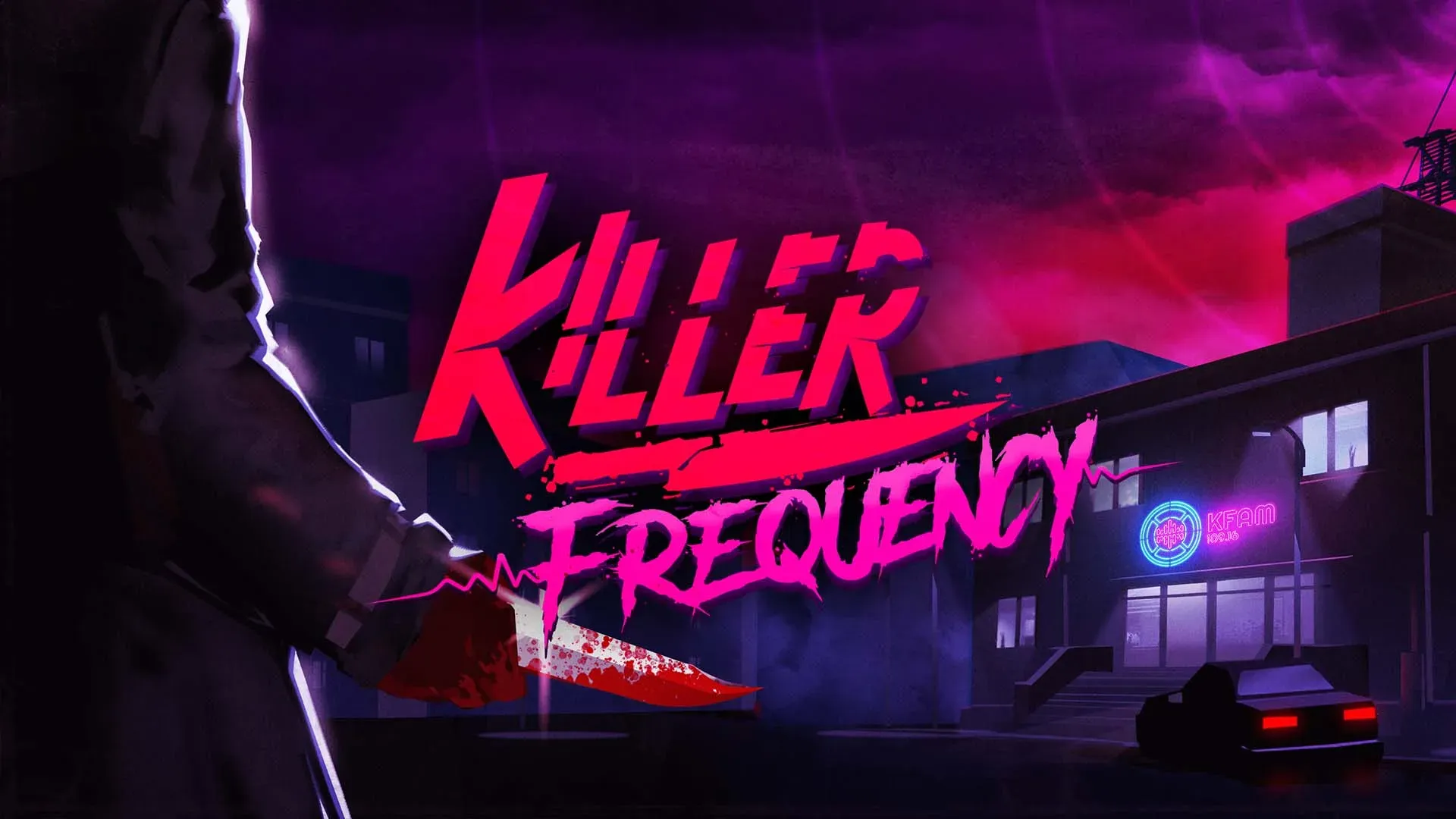
Killer Frequency, the first VR game from Team 17, now has a release date. It's coming June 1 for Quest 2.
First revealed last year during the Upload VR Showcase, Killer Frequency will see players embody a local radio host in 1980s America, helping the citizens of a small town avoid a masked killer while keeping the radio tunes spinning.
It's the first VR game from Team 17, the studio best known for the Worms franchise. The game isn't VR exclusive – it's also coming to Steam and consoles on the same day as Quest 2. The Steam release is flatscreen-only, however, and won't support PC VR headsets. In a press release, Team 17 confirmed that the game runs at 72 FPS on Quest 2 – a slight disappointment, given that Quest 2 can support up to 90 FPS.
A new trailer dropped alongside the release date announcement, embedded above, but features footage from the console/flatscreen version. That said, you can see the potential for some fun physical interactions in VR, if done properly.
Here's a synopsis from Team 17 below detailing what to expect in Killer Frequency:
Set during the 1980s in a Midwestern US town where a serial killer is on the loose, Killer Frequency follows Forrest Nash, a washed-up DJ and presenter of the ‘The Scream’ late night show, as he tries to help listeners and callers stalked by a mysterious masked murderer.
As the gruesome night unfolds, interact with callers to the show using a variety of conversation options while listening carefully for clues and information, solve puzzles around the studio that could help prevent their grisly demise, and keep the show going with tunes inspired by the decade. In Killer Frequency, death can come easy but is never assured, so it’s up to you to help Forrest prevent the slaughter, discover the killer’s true identity, and keep the grooves going until dawn.
Given the same day release on VR and flatscreen platforms, we're interested to see the level of VR integration and interactions that Team 17 implements for the Quest 2 release. I'm hoping we'll be able to replicate the tactile and precise turntable needle drop moment that record lovers know so well. Fingers crossed – the premise shows great potential.
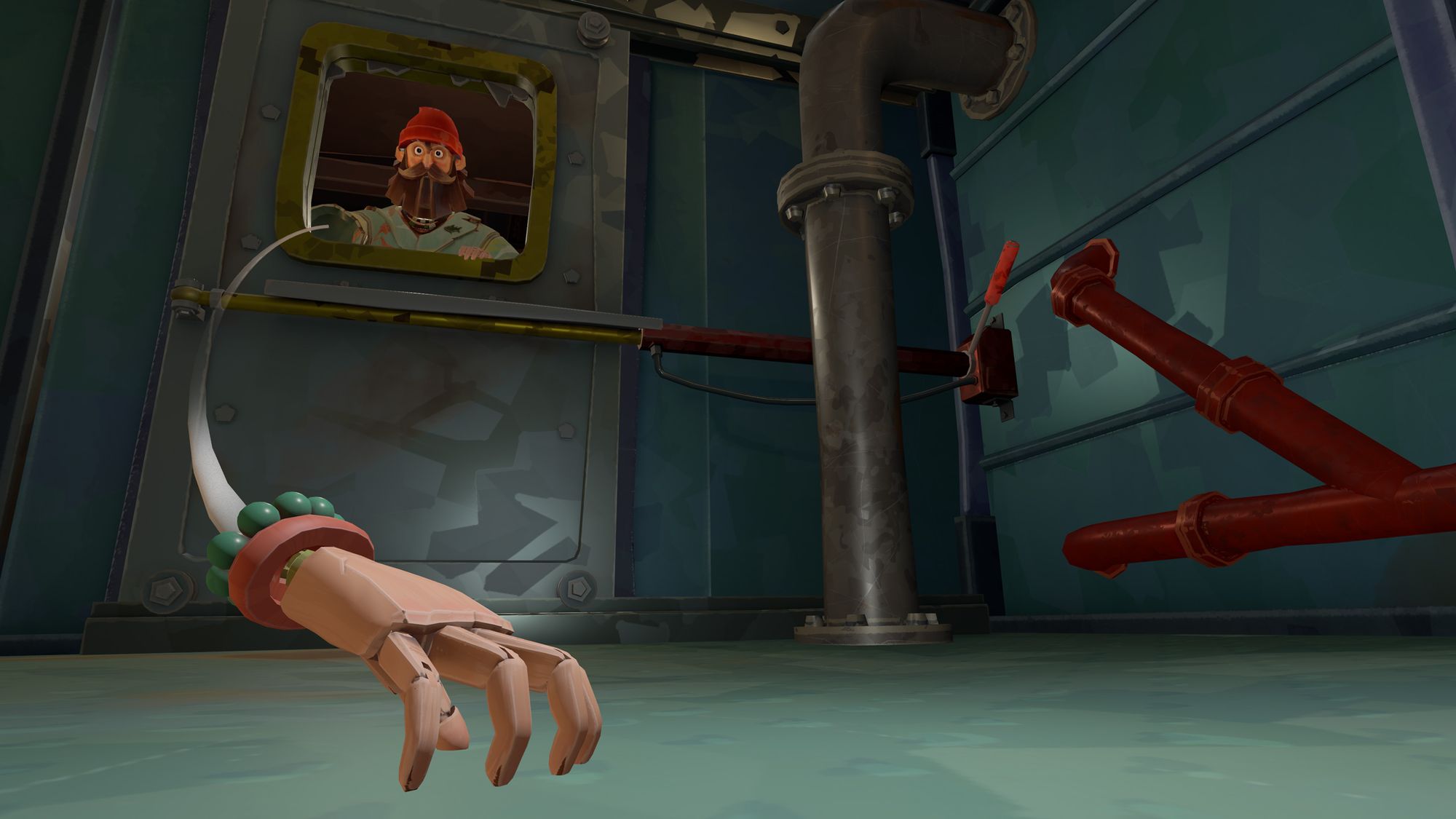
Near the end of a long week at GDC I met with Balthazar Auxietre, creative director and co-founder at InnerspaceVR, and played a few minutes of Another Fisherman's Tale.
I was immediately moved by some of the game's first lines:
"I had seen a bit of the world - from legendary fisherman to heroic lighthouse-keeper to, now, treasure hunter! So this was not the first time your Papa had to pick himself up and piece himself back together."
A Fisherman's Tale debuted in 2019 and quickly secured a spot on our list as one of the best VR games of all time with "a perfect storm of gameplay, immersion and narrative in a single experience."
"I’d have happily spent another few hours experimenting with its fascinating rule set," Jamie Feltham wrote at the time.
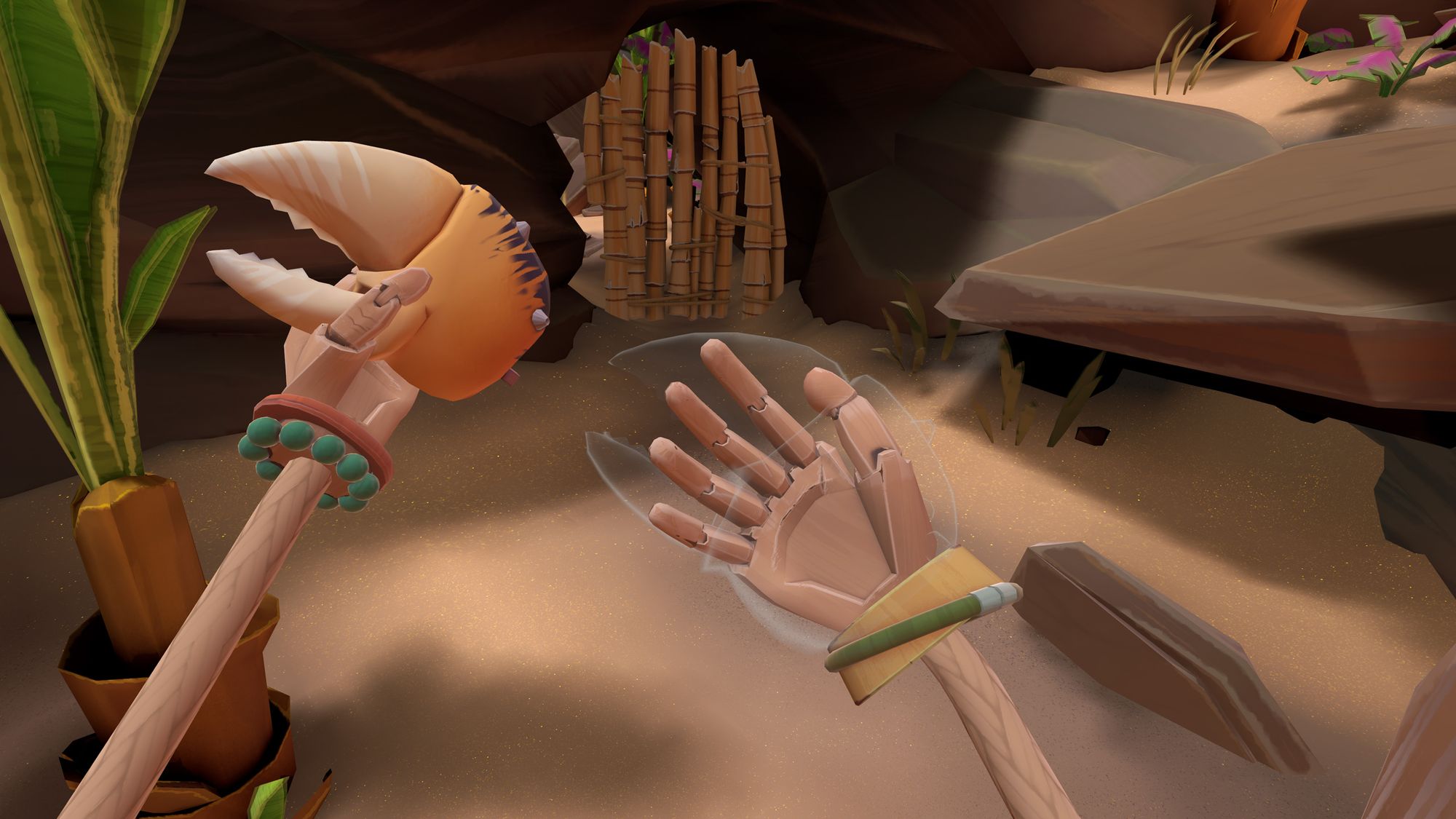
I played a small snippet of Another Fisherman's Tale at GDC in the lobby of a San Francisco hotel and found myself completely transported by its updated combination of gameplay and narrative. Feltham may have stopped reviewing games just like David Jagneaux, but he may still get his wish for a few more hours of interesting mechanics meshed with a Fisherman's Tale.
You can see some of the core ideas in Another Fisherman's Tale play out in the trailer below.
The game's official description lays it out as well:
Immerse yourself in poetic storytelling as you explore new mind-bending VR puzzle mechanics. Solve puzzles using your own body, detach and control your limbs, and find new attachments to progress. Discover the truth as you journey through beautiful and unique locations, brought to life by the makers of A Fisherman’s Tale.
You can launch your hand across the level and navigate it around like Thing from The Addams Family, or tell your body where to find your head stuck in a tree like a decapitated robot trying to reunite with its lower half. That's just the beginning, but what makes InnersSpace's work so special is the way it comes with rich layers of "poetic storytelling" paired hand in hand with the gameplay. I only played it for a few minutes, but it was enough go be brought to both tears and laughter as I, you know, picked myself up and pieced myself back together.
Stay tuned for our review of Another Fisherman's Tale when it releases as we can't wait to dive into the whole game. Another Fisherman's Tale is listed as coming soon to PlayStation VR 2, Steam, and Quest 2.
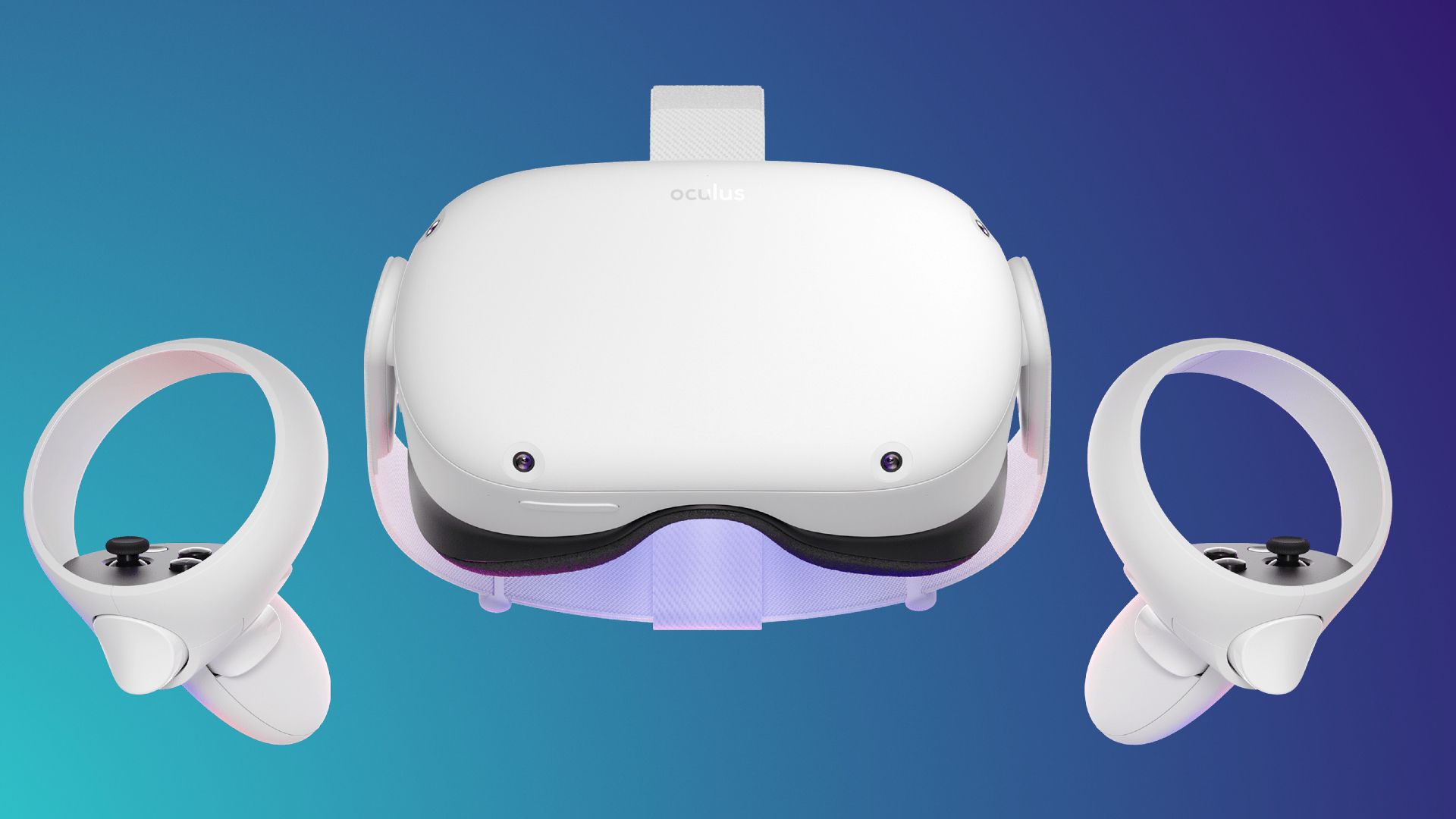
Quest reportedly recorded 6.37 million active monthly users around last October, according a report from The Wall Street Journal.
The new WSJ report cites internal documents from Meta dated around October 2022, confirming that Beat Saber generated $255 million in lifetime sales by October 2022. In that same month, The Wall Street Journal also reports Meta Quest platform saw 6.37 million active monthly users.
Last month, The Verge’s Alex Heath detailed Meta’s internal roadmap presentation from Meta’s VP of VR, Mark Rabkin. That confirmed the company sold nearly 20 million Quest headsets, almost matching Xbox Series X|S sales estimates from December 2022. If both reports are accurate, we could be starting to get a picture of just how many Quest headsets end up in disuse.
Meta dropped the price of its Quest Pro headset down to $1000 recently, after signaling its "next generation consumer Quest" was targeted for release this year. Recent comments from Meta's leadership suggested Quest 2 might still have some time left on store shelves as well.
The VR market will be quite different by the end of 2023. PSVR 2 is progressing past its soft launch and indications suggest Apple could be preparing to announce a headset after so many years of rumors. With changes in store, it will be worth keeping these figures in mind as buyers adopt a new generation of VR hardware.

Fantavision 202x, a reboot of the PS2 puzzle game, will receive a surprise PC VR version later this month.
One of the many PSVR 2 launch games back in February, Fantavision 202x comes from developer Cosmo Machia, who’s licenced the IP and taken over development duties from the now-defunct Japan Studio. A puzzle game about catching fireworks of the same color, the Steam page confirms that much like the PS5 and PSVR 2 release, PC VR support is optional. You can watch the trailer below:
Announced last December alongside five more PSVR 2 games from Japanese developers, here’s the official Fantavision 202x description, courtesy of PlayStation Blog:
The basic goal of the game is to catch at least three fireworks of the same color and shoot them into the night sky. You can also catch fireworks of different colors at the same time by using Wild Fireworks and shoot them with Daisy Chain, which combines multiple colors, and collect items to start the bonus mode Starmine. In PS VR2, you catch fireworks by aiming at them and pulling the trigger, and shoot them with the Circle button.
Fantavision 202x arrives on PC VR via Steam on April 27, and it’s available now on PS5 and PSVR 2 for $29.99.
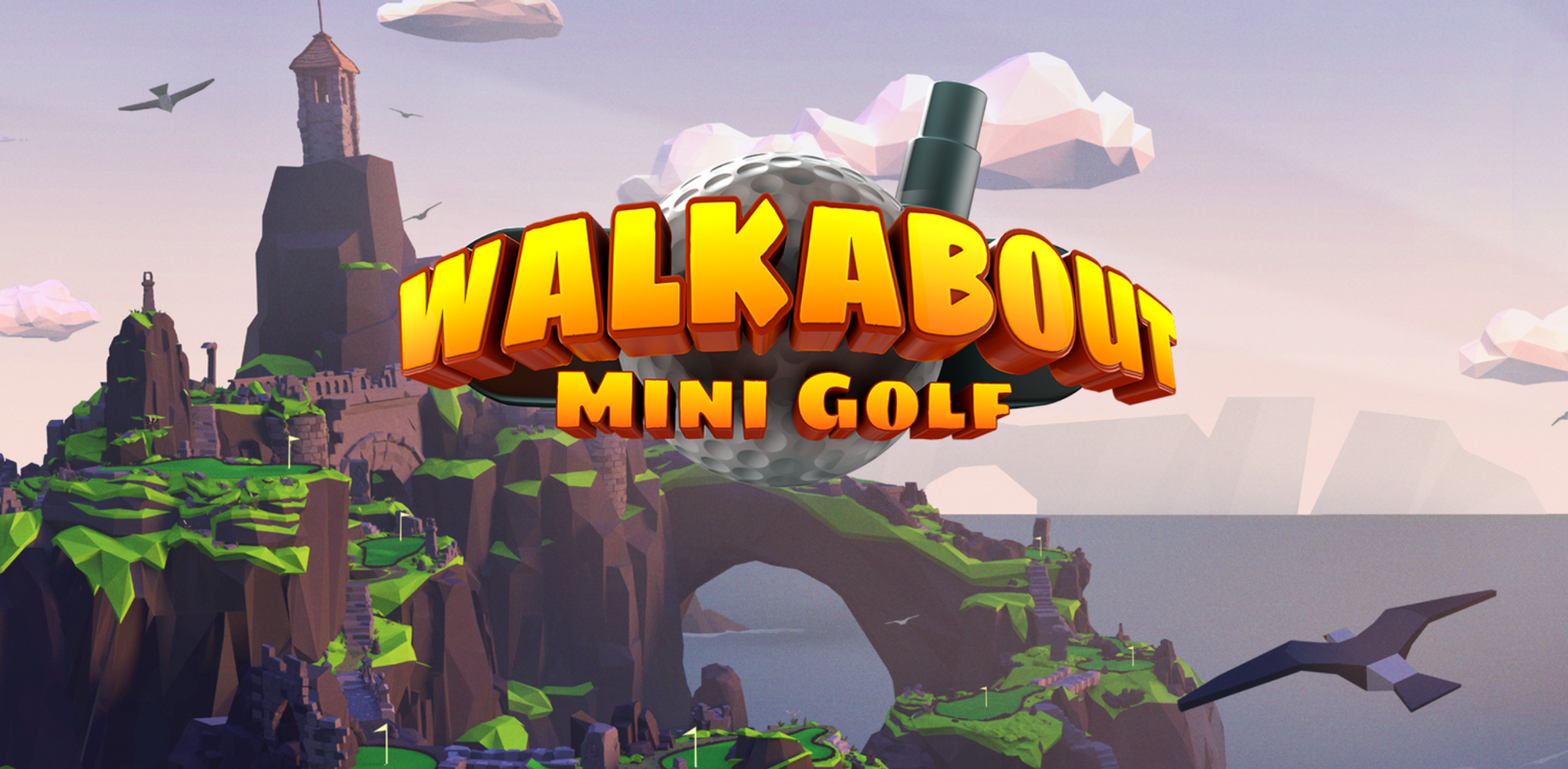
Walkabout Mini Golf is coming to PSVR 2 on May 11.
As the name suggests, Walkabout Mini Golf brings the arcade sport into virtual reality, with a huge selection of courses that explore original concepts as well as DLC tie-ins with intellectual properties. Developers Mighty Coconut have slowly built the game up over the past few years, solidifying it as one of the best multiplayer VR experiences with ongoing support and content updates.
Walkabout Mini Golf launched in September 2020 and is now available across many platforms, including Quest, SteamVR, Pico and HTC Viveport, with support for cross-platform play. The addition of PSVR 2 rounds out support for Walkabout on all major VR platforms, with a compatible mobile phone-based version, ‘Pocket Edition’ coming to iPhones later this quarter.
Walkabout’s core selection of courses focus on original concepts that play with familiar mini golf themes. However, the selection of add-on paid DLC content includes courses based on IP such as Jim Hensen’s 1986 cult movie Labyrinth, Cyan’s classic game Myst and public domain works such as Atlantis and the works of Jules Verne, like 20,000 Leagues Under the Sea.
To learn more about Walkabout Mini Golf, check out our walkthrough tour videos with Mighty Coconut, embedded above, which offer developer commentary from hole 1 through 18 across many of the game's courses.

The Pico 4 spring bundle offers four free VR games like Peaky Blinders: The King’s Ransom for new headset owners, and that’s available until July 21.
Available for all new Pico 4 headsets bought from April 6 until July 21, 2023, this latest bundle doesn’t discount the 128GB or 256GB models, but automatically adds four new games upon logging into a new Pico account. Alongside Peaky Blinders: The King’s Ransom, new buyers will receive Les Mills Bodycombat, Golf 5 eClub and Wander.

It follows from the Pico 4 holiday bundle last December, which similarly offered six new games if you bought a new headset before January 6. Alongside Les Mills Bodycombat, that came with After The Fall, Walkabout Mini Golf, Ruinsmagus, Shores of Loci, Les Mills Bodycombat, and All-in-One Sports VR.
Pico 4 is available in Europe, Japan, and South Korea, costing £379 / £449 for 128GB /256GB storage. A United States release remains unconfirmed, though recent reports claim parent company ByteDance halted the US Pico 4 launch, allegedly due to the congressional hearing regarding a potential ban over TikTok.
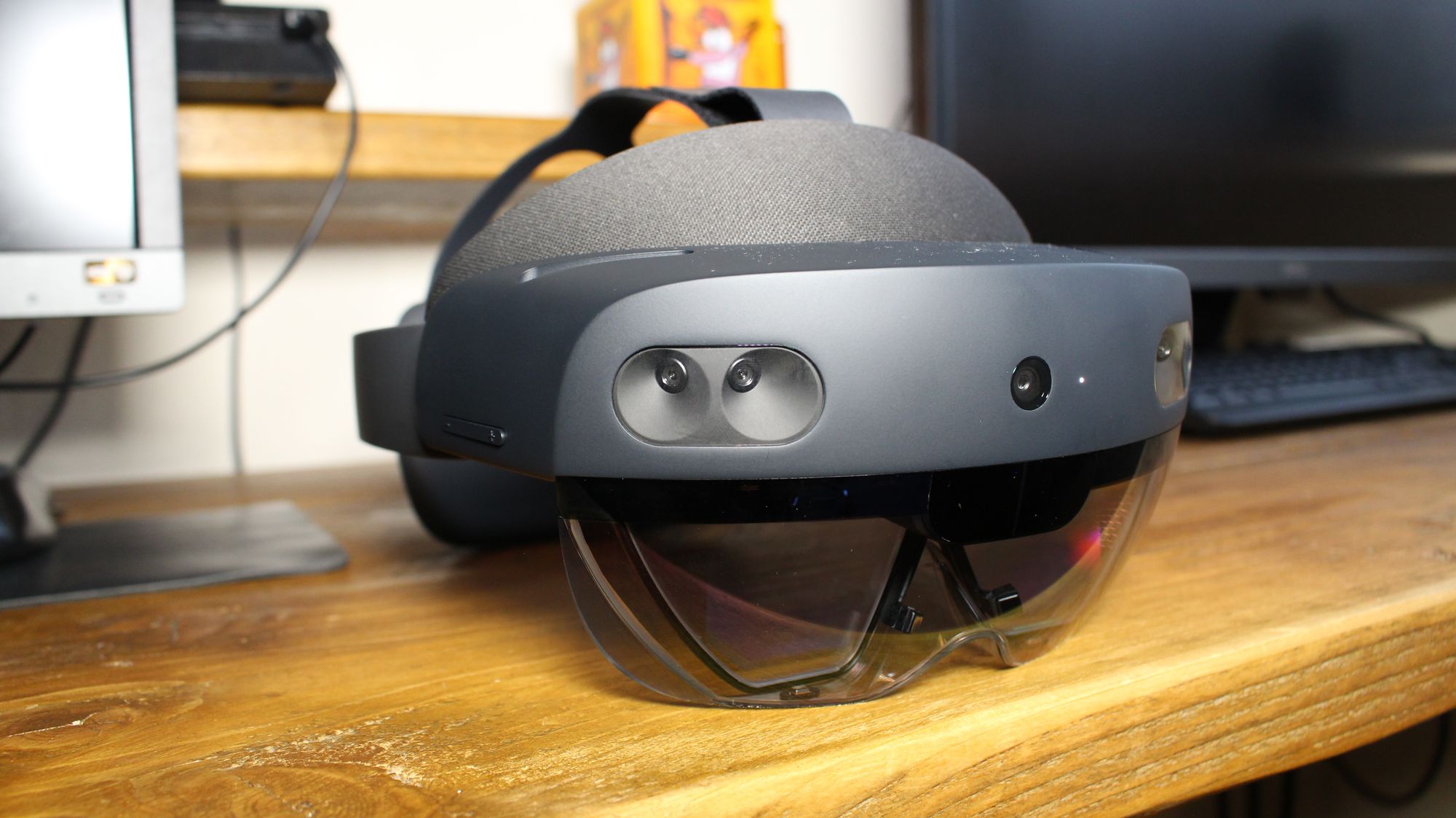
Microsoft confirms HoloLens 2 will receive Windows 11 as an optional free update, and it’s coming to the AR headset by late June.
Following reports of downsizing in the HoloLens group, Robin Seiler, Microsoft’s corporate vice president of Windows and devices, announced this upcoming update as part of the company’s “strategic commitment to HoloLens 2 and mixed reality.” While HoloLens 2 users can continue using Windows 10 once the update rolls out, Seiler claims updating to Windows 11 will improve app performance.
“The free upgrade to Windows 11 promises continuous platform support, meaning our customers can trust in the continued security of their devices,” explains Robin Seiler. “With the upgrade, HoloLens 2 users will continue to receive monthly security servicing updates that reinforce the protection of sensitive information while also improving app performance.”
Updating to Windows 11 will also grant developers new tools like Microsoft Edge WebView2 control, allowing teams to embed web technologies like HTML, CSS and JavaScript into their applications in a more performant way than before. Elsewhere, new features for Microsoft Dynamics 365 Guides are available now, offering custom security features and 3D annotations that can be used to “annotate anything around them within arm’s reach.”
Beyond Windows 11 support, it’s unclear what the future currently holds for the HoloLens platform. Following reports from Business Insider that a HoloLens 3 device had been cancelled in 2021, it was later hinted that a successor would eventually happen. Last December, Microsoft’s mixed reality VP, Scott Evans, stated how customers “don’t need a successor yet” but claimed “Microsoft is pushing forward on all core hardware technologies.”
However, Microsoft has since faced multiple setbacks. After selling 5000 IVAS units – a highly modified HoloLens 2 variant for the US Army, US Congress later blocked a $400 million order for a further 6900 units, following reports that field testing revealed “mission-affecting physical impairments” and poor reliability. One week later, Microsoft revealed it was laying off 10000 employees, totalling 5% of it’s workforce.
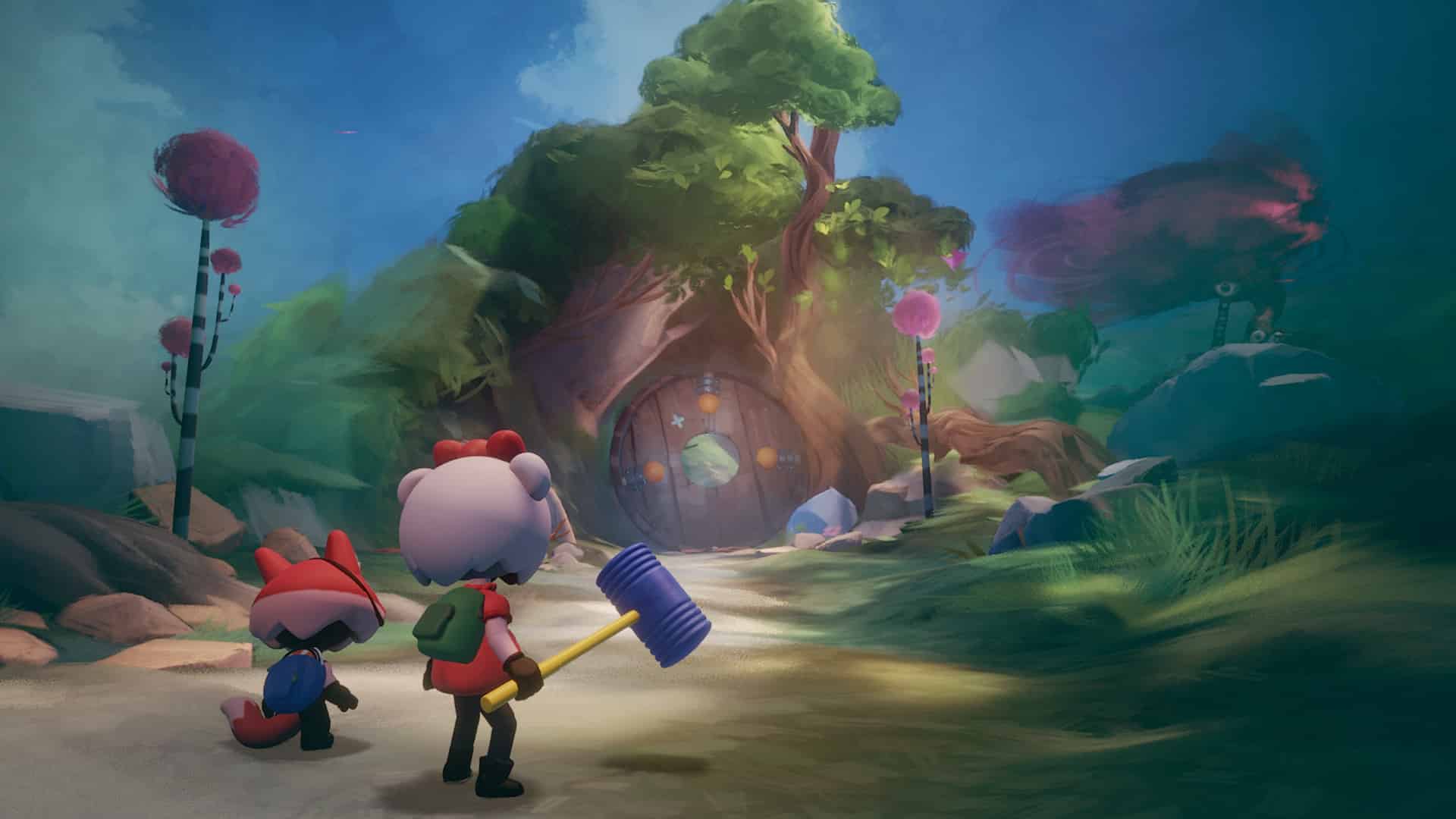
Media Molecule confirms it’s shutting down live service support for Dreams this September, also ruling out a PSVR 2 port.
Three years after releasing Dreams, Media Molecule revealed it made the decision “to shift our focus to an exciting new project,” stating this “is not Dreams 2, or the Dreams IP.” Crucially, Dreams won’t be delisted from the PlayStation Store, servers will remain online for sharing creations and critical bugs will still be fixed once live service shuts down. New updates are also promised before September, with Media Molecule stating this includes “the much anticipated Tren, and a significant improvement to animation and our last Create mode update.”
A message from Media Molecule regarding the upcoming server migration and live service support for Dreams.https://t.co/XAIHZyB025 pic.twitter.com/eBRTG52zFg
— Media Molecule (@mediamolecule) April 11, 2023
Media Molecule also reconfirmed its planning to migrate Dreams onto a new server in late May but advised “not every feature in Dreams has been compatible with the needed modifications to the server.” There’s only two listed changes for PSVR support, which states Dreams will make personalised comfort ratings visible on content, while comfort ratings on maps and collections are being removed. Otherwise, storage limits will be established for Creations (existing Creations excluded), the ability to archive Creations will be removed and replaced by a delete option, and more.
Sadly, the announcement also ends any hopes of a PSVR 2 port. On the blog post, an FAQ definitively states “the planned releases for Dreams do not include multiplayer, PS5/PSVR2/3D printing support.” The team was asked about a potential next-gen version back in September, when Sony confirmed that PSVR 2 wouldn’t support backwards compatibility. Media Molecule stated it wasn’t part of the current roadmap, but that didn’t stop fans from hoping those plans might change.
We praised Media Molecule’s latest game in our Dreams review, with PSVR support arriving nearly half a year after the flatscreen PS4 edition back in 2020. Though we believed creative mode did “not integrate with PSVR as naturally as hoped,” we considered it an “incredible, robust creation platform.”
Paired with the platform’s inherent comfort issues, its sprawling, untamed ecosystem can prove to be a minefield to navigate, but for every unwelcome rollercoaster ride (literally and figuratively), there’s another wish waiting to be fulfilled or something genuinely original to discover. The only way to truly judge Dreams is by the strength of its creations and those already speak for themselves; if you want to embrace VR’s experimental side, you shouldn’t miss it.
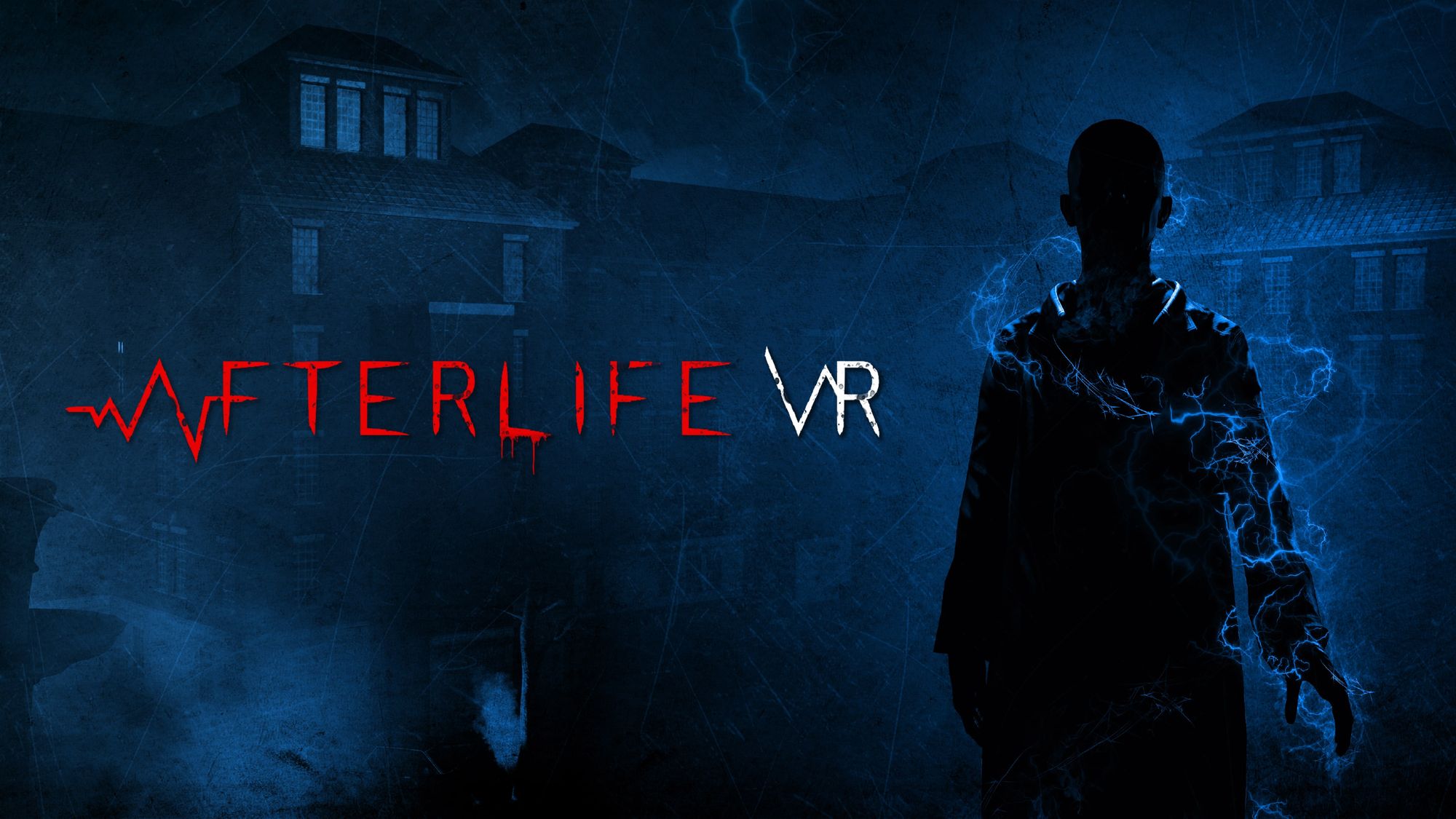
Following its Steam release last September, Afterlife VR brings a new horror game to PSVR 2 next week.
Not to be confused with Wraith: The Oblivion – Afterlife by Fast Travel Games, Afterlife VR from Split Light Studio promises a “twisted story” set within the Black Rose mental hospital. As a rookie police officer, Afterlife tasks you with uncovering the facility’s darkest secrets, fighting off enemies through firearms and psychokinetic powers, and puzzle-solving via telekinesis. Here’s the official description:
What is really lurking behind the door of a well-known mental facility, where Adam’s younger sister, Allison, was recently sent? Is there any connection between missing patients and hospital workers and the groundbreaking study about the Indigo Children phenomena? Uncover the secrets hidden deep within the Black Rose mental hospital walls, where most of the patients pose a threat to themselves and to others. Look into the eyes of pure madness intrinsically linked with this place and its history.
Following the headset’s high profile launch two months ago, horror is slowly finding a footing on PSVR 2. Alongside Resident Evil Village, Sony’s new headset already houses several VR horror games, if you include games with horror elements like The Dark Pictures: Switchback VR and The Walking Dead: Saints and Sinners duology. Other upcoming horror games include The Exorcist: Legion VR SIN and Ovrdark: A Do Not Open Story, MADiSON VR and a ‘VR Mode’ for Resident Evil 4 Remake.
Afterlife VR arrives on PSVR 2 on April 19, while a PC VR version is available now on Steam for $14.99.
Breachers, a new 5v5 tactical multiplayer team-based shooter from the developers of Hyper Dash, is available today on Quest, Pico and PC VR platforms.
Breachers takes cues from Rainbow Six Siege and Counter-Strike: Global Offensive, offering multiplayer tactical action with two teams of five playing either as attackers breaching the bomb site or defenders staving them off.

Developers Triangle Factory says that there’s more skill and strategy involved in Breachers compared to the studio’s previous release Hyper Dash, adding that over 77,000 players took part in Breachers open alpha pre-release.
There’s also some new content in this full release compared to the alpha, such as two more “bomb” maps, a Team Deathmatch mode (with an accompanying new map), a practice shooting range and access to private servers for those who want to set up their own matches.

We’ll be trying out Breachers this week, so stay tuned for our full thoughts soon. If you can’t wait for our verdict, you can grab Breachers now for $29.99 on Quest 2, Quest Pro, Pico and SteamVR. Triangle Factory previously stated that cross-platform play would be supported across “all major VR platforms,” but we’ve reached out to confirm further details on specific cross-play support at launch.
Cloudhead Games revealed that the official Pistol Whip modding tool arrives next month for PC VR, and you can try it now through an open beta.
First revealed during our Upload VR Showcase Winter 2022, Pistol Mix is the anticipated modding tool for creating custom scenes in Pistol Whip which, unsurprisingly, is only available for the PC VR edition.
“Build a custom Scene from the ground up, including audio track, selection and placement of enemies, environment design, colours and lighting, then share your custom ‘Remixed’ Scene with the world on mod.io” confirms Cloudhead. You see this in action below:
While Pistol Mix officially launches on May 31, the open beta is now live for anyone looking to try it sooner. Available to download through Cloudhead’s Discord server or mod.io, custom creations can then be shared and downloaded through this platform. Once the tool reaches full release remixes will be accessible directly inside the headset from Pistol Whip.
Pistol Whip is available now on the Meta Quest platform, PC VR, Pico 4, PSVR, and PSVR 2, though keep in mind Pistol Mix is a PC VR version exclusive.
Call of the Sea VR brings the Bafta-nominated puzzle adventure to virtual reality, and it’s out today on Quest 2.
Developed by Out of the Blue and published by Raw Fury, Call of the Sea VR relies on puzzle-solving over combat. Set in the 1930s, this tells the story of Norah Everhart, whose family suffers from a mysterious illness. As Norah, you investigate her husband Harry’s disappearance on a South Pacific island near Otaheite (Tahiti), after he vanished while searching for a cure. With only his photo and island coordinates to work from, Norah sets off on an “otherworldly tale of mystery and love”.
Initially launched for PC, Xbox, and PlayStation, Call of the Sea first appeared in 2020, later being nominated for BAFTA’s Debut Game in 2021 and Best Immersive Game at the 2022 Raindance Immersive Awards. Judging by the above gameplay trailer, this VR adaptation doesn’t appear to deviate much from the original flatscreen release, beyond expected additions like motion controls and 360 degree immersive environments.
Call of the Sea is out today on Meta Quest 2 and Meta Quest Pro for $19.99.
Reminiscent of Doom VFR, Dead Hook brings a new VR roguelike shooter from Stride developer Joy Way, coming to Quest 2 next month.
Developed by Joy Way (the studio also working on upcoming games Red Flowers and Stack), Dead Hook promises an “explosive mix of roguelike shooter genre with brutal combat.” Set on the planet Resaract, you play as Adam Stone, a “mercenary, smuggler, thief, and devoted husband” shooting his way through hordes of demons. Here’s the official description and announcement trailer:
Explore the elder planet Resaract and take on the role of Adam Stone, a mercenary, smuggler, thief, and devoted husband. Find legendary weapons and customize your character with 100 buffs and permanent upgrades to make each run unique. Experiment with different strategies and tackle the challenges that await you in the game. You will embark on a journey to uncover the secrets of Resaract and AI duality, facing tough choices and unexpected twists along the way.
Revealing more across Twitter, Joy Way claims Dead Hook entered development over two years ago and revealed its a reworked version of PC VR roguelike Outlier, which was cancelled after two months in early access last year. At the time, Joy Way stated that it had “overestimated the demand for this game” and “underestimated the complexity of the roguelike genre,” claiming Outlier had a low chance of becoming profitable.
Dead Hook arrives on Meta Quest 2 and Meta Quest Pro on May 18. When asked about a potential PSVR 2 version, Joy Way stated, “Nothing in the works right now. We are keeping a close eye on the platform’s growth and wish it great success.”
Following its Steam release last September, Afterlife VR brings a new horror game to PSVR 2 next week.
Not to be confused with Wraith: The Oblivion – Afterlife by Fast Travel Games, Afterlife VR from Split Light Studio promises a “twisted story” set within the Black Rose mental hospital. As a rookie police officer, Afterlife tasks you with uncovering the facility’s darkest secrets, fighting off enemies through firearms and psychokinetic powers, and puzzle-solving via telekinesis. Here’s the official description:
What is really lurking behind the door of a well-known mental facility, where Adam’s younger sister, Allison, was recently sent? Is there any connection between missing patients and hospital workers and the groundbreaking study about the Indigo Children phenomena? Uncover the secrets hidden deep within the Black Rose mental hospital walls, where most of the patients pose a threat to themselves and to others. Look into the eyes of pure madness intrinsically linked with this place and its history.
Following the headset’s high profile launch two months ago, horror is slowly finding a footing on PSVR 2. Alongside Resident Evil Village, Sony’s new headset already houses several VR horror games, if you include games with horror elements like The Dark Pictures: Switchback VR and The Walking Dead: Saints and Sinners duology. Other upcoming horror games include The Exorcist: Legion VR SIN and Ovrdark: A Do Not Open Story, MADiSON VR and a ‘VR Mode’ for Resident Evil 4 Remake.
Afterlife VR arrives on PSVR 2 on April 19, while a PC VR version is available now on Steam for $14.99.
This four-player co-op shooter by XREAL Games is now available for Quest and PC VR platforms. It promises a rich action-packed campaign but instead delivers a repetitive experience that’s over way too quickly – read on for our review.
Gambit! follows a group of mercenaries for hire who end up way over their heads after screwing up a job for a powerful client. The game drops you into a brief tutorial that isn’t up to par with explaining everything you need to know, but thankfully the mechanics are fairly easy to pick up as you go along.
The campaign can be played single-player or co-op, with each player taking control of one of four mercenaries. Each mercenary comes with their own distinctive special armament which takes the form of either a chainsaw, bow, stake gun or defibrillator paddles. With enough kills, you can activate the special ability, which makes you temporarily invulnerable and equips you with your unique destructive weapon for a short time.
Once you’ve selected a character, you dive straight into the action, darting around a small map with handguns akimbo taking out waves of humanoid enemies alongside your motley crew. Gameplay follows a simple formula of clearing a stage of foes before moving on to the next, with some boss battles in between.
A wristwatch keeps track of your health and number of lives, as well as the special ability meter. A small amount of health can regenerate over time but to fully replenish the bar you will need to collect food – sometimes dropped by enemies – or buy additional health between stages using the points you earn.

When your health goes to zero, you are downed and lose a life. It’s then up to one of your teammates to revive you in a fashion similar to After The Fall. As with health, lives can be purchased between stages using points earned and if you run out, then it’s back to the last checkpoint.
Each stage contains hidden interactives like boxes, buttons, and valves, which unlock collectable items such as guns, attachments, and skins available to purchase. These hidden items and enemy item drops can also earn you cash, which you can use to buy content that you’ve unlocked.

Gambit! does some things well in its promise to deliver a fast-paced, campaign-driven co-op shooter. Dual-wielding mechanics and an auto-reload feature allow for run-and-gun action that got my adrenaline pumping at times. There’s also a nice selection of standard weaponry and attachments to unlock, with the guns generally feeling good to handle and packing a punch.
Hidden items and other innovative gameplay elements also help to inject additional team-based fun beyond the core game. For example, hitting all of the hidden buttons on a stage releases a small blimp covered in targets that floats around whilst you and your compatriots desperately scramble to shoot it for a cash prize.
That said, for all of the elements that work well, there are also a fair amount that don’t. For example, the AI tended to be a bit hit-and-miss, with characters acting intelligently one moment by seeking cover and then standing stupidly in the path of oncoming fire the next.
One notable immersion-breaking feature comes when you reach your last life. The game lets you know this by flashing the words ‘LAST LIFE’ in the upper-middle section of your field of view constantly until you die or gain another one. It ends up being more distracting than it is useful.
There is also the questionable ability to use your special attack during boss fights, which feels a lot like cheating. During one battle, I activated my special attack, making me invulnerable as I chainsawed away at the boss and simply waited for their health to drop to zero.
Another issue is the dialogue between the foul-mouthed hired guns, which is designed to provide comic relief and set a light-hearted tone amidst the violence. While the banter had its moments, Gambit! felt like a needy kid trying way too hard to be cool, with the copious amount of swearing and juvenile humor coming across as forced and over the top.

If I were to hone in on one of the biggest issues during my time playing Gambit!, it would be the repetitiveness that sets in fairly quickly. This was partly due to the lack of enemy variety, with the game packing stages full of standard grunts that sometimes look different but essentially act the same.
There are also snipers that operate from a distance and kamikazes that get up close and personal trying to electrocute you like deranged Pikachus. But that’s essentially it for the different enemy types on offer (not including the boss battles). Encountering and killing these same units over and over again soon gets old, regardless of whether you’re playing single-player or co-op. More to this, there’s no option to change guns between stages, so even an enjoyable weapon loadout begins to feel stale after a while.
However, one of the biggest contributors to the repetition is the sole aim of clearing every enemy in each stage before moving on to the next. There’s only one exception to this, near the end of the game, where one player has the job of operating a series of levers while the team protects them. Having a goal that deviates from killing everything in sight was refreshing, but also served as a reminder of what the game lacks – varied objectives that make good use of the team-based gameplay.

The game is also a short ride – it took me just over two hours to zip through the single-player campaign. This doesn’t include finding all of the hidden goodies scattered throughout each stage. However, the promise of earning more weapons, attachments, and skins doesn’t seem like enough to encourage repeated playthroughs, especially given the issues mentioned above.
Gambit! includes deathmatch multiplayer options in addition to a Battle Royale-style PvP mode for four players called Municipal Mayhem. For those interested, these additional multiplayer features can give some extra life to the game beyond the main story. XREAL Games says more campaign content, such as the “Consumer Cleanup” zombie mode, is on the way and “close to release,” but it’s unclear how much depth and breadth this will add to what’s already available.
Gambit! Review – Comfort
Gambit! can be played either seated or standing. The fast-paced gameplay has the potential to trigger motion sickness with frequent running, jumping, and strafing at speed. Gambit! gives players the option to disable auto-run and enable a vignette to increase comfort.
A co-op adventure with a rag-tag bunch of misfits teaming up to wreak havoc sounds great in theory. Unfortunately, the idea is poorly executed with cheap dialogue, repetitive gameplay and a short campaign that feels unfinished. The overall result is a promising but mediocre shooter that’s both underwhelming and forgettable.
UploadVR focuses on a label system for reviews, rather than a numeric score. Our reviews fall into one of four categories: Essential, Recommended, Avoid and reviews that we leave unlabeled. You can read more about our review guidelines here.